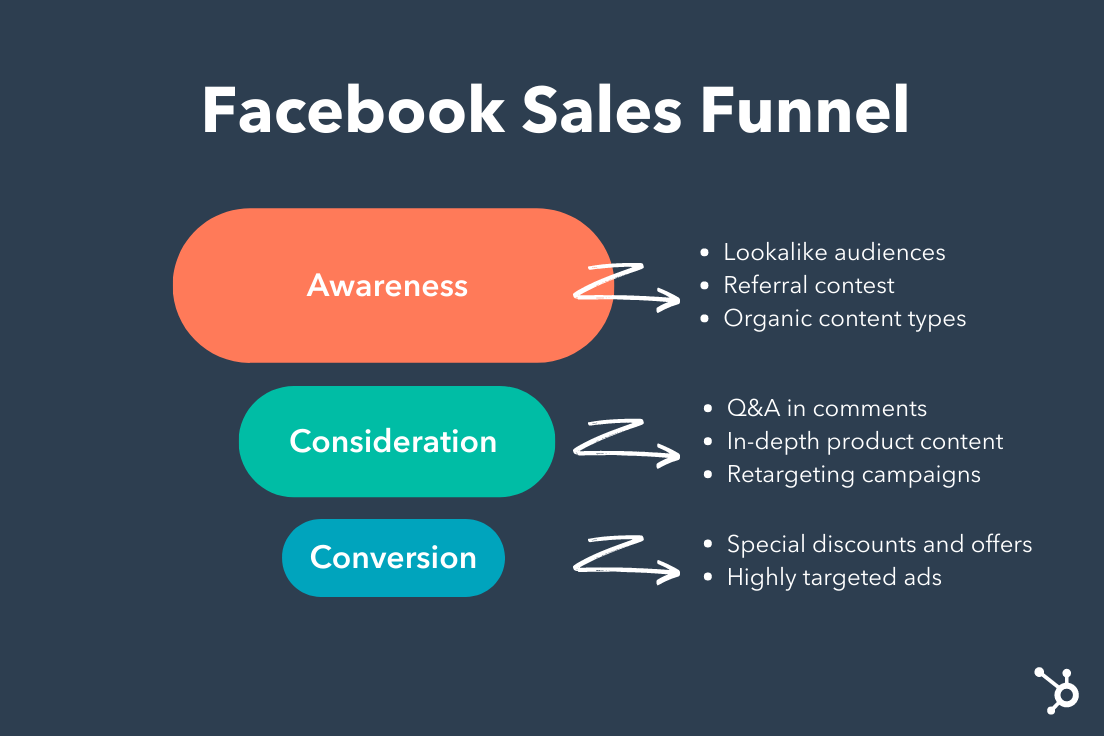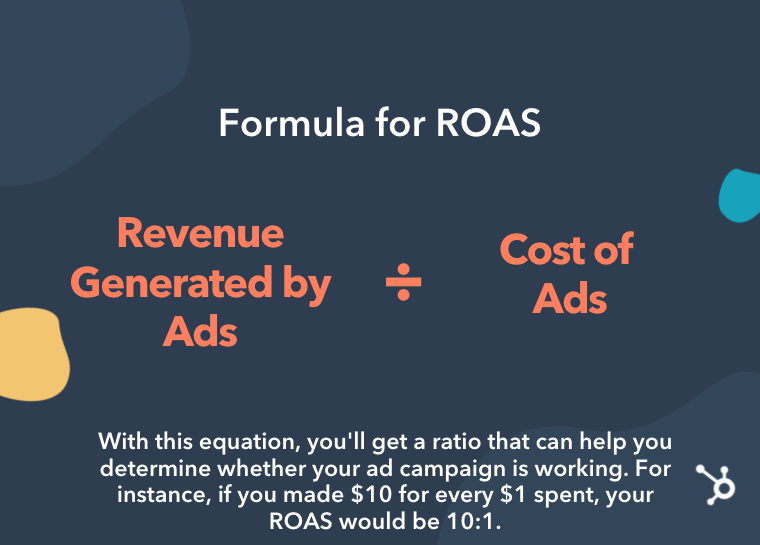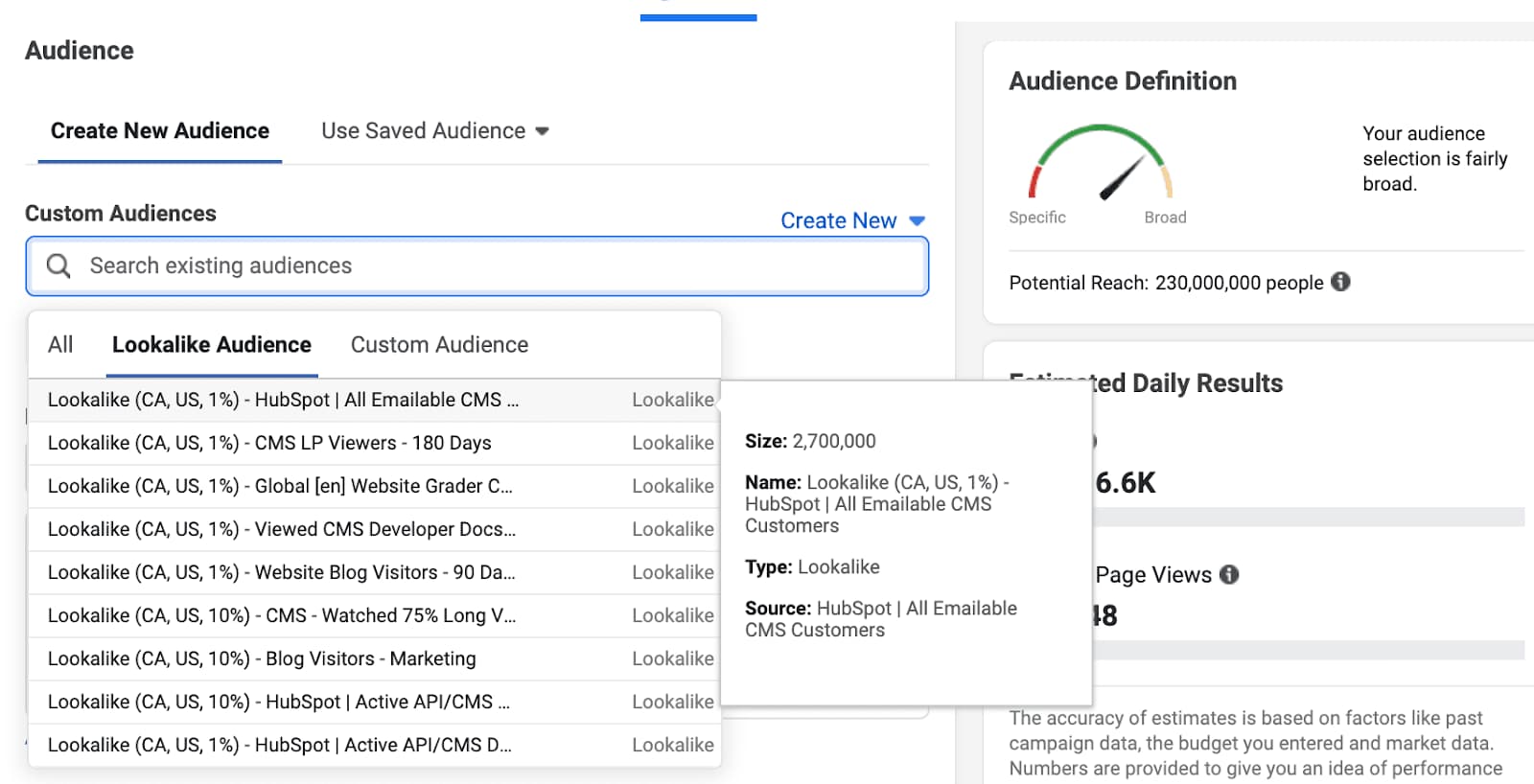
There are many resources out there telling you how to optimize your Facebook ads to scale your business’s growth. And while I’m sure they can help in some aspects, you’re probably optimizing your campaigns based on the wrong metrics.
In 2022, Facebook has 1.79 billion daily users. There are plenty of opportunities to create Facebook ads that will drive impressions, link clicks, leads, and more. However, these metrics only scratch the surface of how much impact your Facebook ads can truly have on your business.
As more industry experts focus their media buying on incremental gains, marketers can better measure their Facebook ads’ positive, negative, or neutral impact on their business.
What is incrementality in Facebook Ads?
Incrementality allows marketers to understand how Facebook ads impact their business. Often, advertisers make optimizations to campaigns based on certain metrics, which can dramatically affect the end goal.
It’s crucial for businesses to identify what’s working and what isn’t — especially since Facebook’s ad revenue worldwide was $84.2 billion in 2020. Whether you have a large or small Facebook advertising budget, you want to make sure it’s generating results.
Advertisers can measure incrementality by using control tests and comparing the results from those exposed to an ad versus those who have not. Once the tests have been completed, the results can help your business make smarter decisions on your Facebook ads and optimize your campaigns accordingly.
Why should marketers track incremental return on ad spend (iROAS)?
One minute you’re a marketer, and the next, you’re a data analyst. All jokes aside, information overload is very real in 2022. With all of this data available, there’s the assumption that it should be easy for marketers to pinpoint the best audience to target, understand what point they are at in the Facebook sales funnel, and the best methods to convert them.

However, data dumps and compiling all of this information is incredibly time-consuming. And as digital marketing continues to expand, time is not always on our side. Businesses need to refocus their efforts from heavy reliance on data collection to doubling down on finding the right data—that can assist in smart optimizations and actionable insights to fuel your Facebook campaign’s bottom line.
How to Calculate Incremental Return on Ad Spend
The method for calculating iROAS is different for every publisher. The most methodical approach is by applying a holdout to your Facebook campaign. The holdout on your campaign will act as a control group for Facebook users that will not see your ads. The remaining group of users will be the test audience for your Facebook campaign.
After the test is complete, marketers can compare the results from the test group to the control group. The difference in the results will be your conversion lift, representing the incremental impacts on your conversions.
 iROAS is calculated similarly to ROAS, which is revenue divided by cost. However, this measurement allows your business to understand which Facebook campaigns are working and which aren’t. The calculation for iROAS is Incremental Revenue / Ad Spend = iROAS.
iROAS is calculated similarly to ROAS, which is revenue divided by cost. However, this measurement allows your business to understand which Facebook campaigns are working and which aren’t. The calculation for iROAS is Incremental Revenue / Ad Spend = iROAS.
In the YouTube video below, HubSpot details how to determine ad spend by understanding the bidding system used by ad networks.
3 Simple Ways to Increase Your Facebook’s Ads Incrementality in 2022
Frequently data dumps fail due to the sheer amount of information available. Marketers may find many valid insights, but the delivery of this information can get lost in translation — especially if there is no clear direction. Brands looking to increase their Facebook ads incrementality should work with a leading marketing agency with proven experience.
However, if you’re looking to get started on your own, below we’ll walk you through the top three ways to increase your Facebook ad’s incrementality to exceed your 2022 growth goals.
1. Audience Targeting
Facebook users at the top of the funnel versus the bottom will yield very different incrementality results. For example, you will see very different results if you’re using a 5% lookalike audience of customers who purchased in the last month vs. remarketing to customers who purchased in the last few years.
 Targeting new customers should be your most incremental audience segment since they would not have converted and made the purchase had it not been for your Facebook ad.
Targeting new customers should be your most incremental audience segment since they would not have converted and made the purchase had it not been for your Facebook ad.
This can also affect your bid strategies and budgets for remarketing audiences. For example, a customer who has purchased from you recently may not need a Facebook ad to prompt another purchase — this will depend on your product or service buying situation.
Three Class of Buying Situations:
- Routine decision-making: involves purchases that require very little thought after the original decision has been made. Such as gum, a chocolate bar, or a soft drink.
- Limited decision-making: involves purchasing products that require a moderate amount of time and effort to compare models and brands before making a choice. This could be comparing which phone you are planning to upgrade to.
- Extensive decision-making: involves an extensive consumer decision regarding whether or not to purchase a product. Examples include cars, homes, and education.
2. Ad Creative
I’m sure every marketer has heard about the study that found that the average attention span has decreased from 12 seconds to 8 seconds—while a goldfish holds a 9-second attention span. There is so much noise and clutter on social media that often, consumers will scroll right past your ad.
Advertisers need to create Facebook ads that grab the viewers’ attention and drive action. Facebook ad creative is one of the top ways to increase your incrementality.
Learn from the best! We’ve collected the 50 best Facebook ads to inspire your next campaign. Check out this exclusive lookbook to get a head start on crafting the perfect ad to drive incremental revenue.
3. Facebook Placements
There are several placements for advertisers across Facebook, Instagram, Messenger, and Audience Network. But, not every placement works with every type of campaign.
For example, an ad on audience network may spark brand awareness or interest but not drive an immediate conversion. The same goes for device targeting, often people are in discovery mode on mobile but complete the transaction on desktop.
Most advertisers still recommend combining placements to maximize the results, but it is beneficial to understand where your most incremental audience is.





